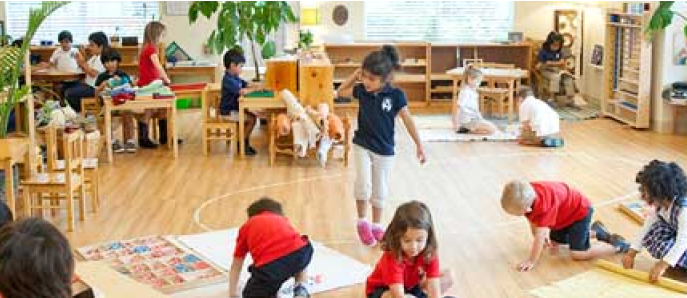The brain interprets information about its own body and environment in an inadequate way, and therefore the child is unable to manage its own behavior and learn.
The reason for this is that some children do not have good synchronization between reception and processing, i.e. interpretation of sensory information. That is why there are purposeless, disorganized and unexpected behaviors that are not in accordance with the age or the given situation in which the child is. The brain interprets information about its own body and environment in an inadequate way, and therefore the child is unable to manage its own behavior and learn.
It’s basically sensory processing disorder (SPS). It is a neurological problem that causes inefficient processing of information coming from the senses, which gives a wrong picture of what is happening in the body and the environment.
Depending on which sensory system is dysfunctional, behaviors can be recognized that tell us that the child is too sensitive, insufficiently sensitive, or is looking for more and more sensory sensations.
Sensory Processing Disorder (SPD) at an early age is reflected in difficulties with sleeping, feeding and the child’s ability to self-soothe. Later, it is difficult for these babies to delay gratification (inability to wait for a bottle of milk to be prepared for them when they are hungry), they get very upset if someone takes their toy, if they fall they need the help of an adult to calm them down. It is difficult for them to adapt to kindergarten, change of group or teacher.
In older children who are too sensitive, defensive behavior can be observed: avoiding physical contact, refusing to participate in daily activities or for their age, an atypical, exaggerated way of reacting to stimuli they receive through the senses of touch, hearing, sight or during movement. For example, between the ages of 2 and 3, we expect a curious child, eager to explore, however, we have in front of us a child who does not like movement, a child who does not like to choose a ball as a game prop, avoids joint play with peers, which is not typical for this calendar age. When we lead them to such activities, the children reject them, but not because they WON’T do something, but because they CAN’T. Adults most often characterize this behavior of children as laziness or lack of interest.
Insufficiently sensitive children do not feel pain, they do not cry even when they are hit hard, they do not pay attention to rough textures (clothes and objects), in kindergarten teachers complain that they bite and hit other children, throw toys. They have difficulties in mastering speech, and at school age they push and collide with their peers at recess, jump and run continuously, they cannot sit still, spin in the chair, their attention is poor, they are careless about their appearance, they are clumsy, etc. They are usually characterized as hyperactive children. They give the impression that sensory sensations do not attract their attention because their brain registers very little or even no sensory stimuli.
From this it can be concluded that in children with PSO (sensory processing disorder) problems are reflected in all spheres of their development. Everything starts with the impossibility of self-regulation, sleep disorders, difficulty falling asleep and feeding, and later it is maintained on attention, learning, reading, writing, calculation, movement, coordination, awareness of one’s own body, speech, language, socializing, emotions, self-esteem, self-control. , independence. What can be especially discouraging for them is the fact that they are growing up in an environment that doesn’t understand their specific sensory needs.
The good news is that this type of disorder can be affected, the sooner the better. Parents and teachers can especially help because they are constantly in contact with the child. Their help is reflected in learning how to deal with them, as well as teaching children how to recognize their basic sensory needs. If they are not able to do it themselves, due to insufficient information, it is recommended that they turn to experts, additionally trained pedagogues and/or therapists for sensory integration. Certified SI pedagogues and/or SI therapists assess and determine the child’s sensory profile. Based on this information, in consultation with the parents, the child is included in the sensory integration treatment with previously set goals that are in line with the parents’ expectations. The treatment is carried out in sensory integration rooms. In them, the child, with the expert guidance of a SI pedagogue and/or therapist, plays in a previously prepared environment that is in accordance with his sensory profile and that enables him to have many sensori-motor experiences. After a certain number of treatments, a control assessment is done. Parents are provided with support in terms of monitoring and counseling regarding the application of the sensory regime in daily life activities.

